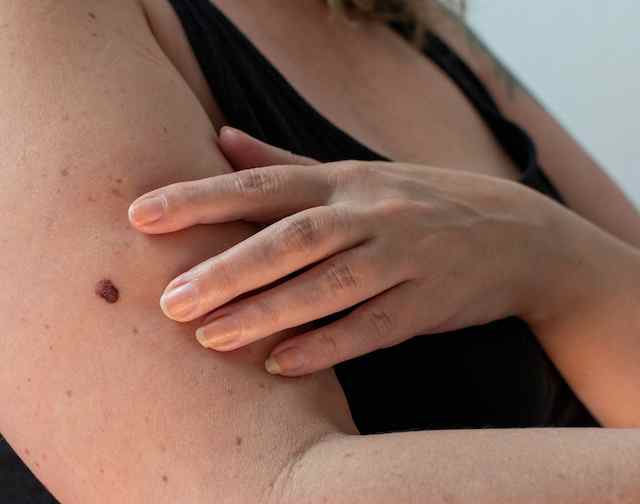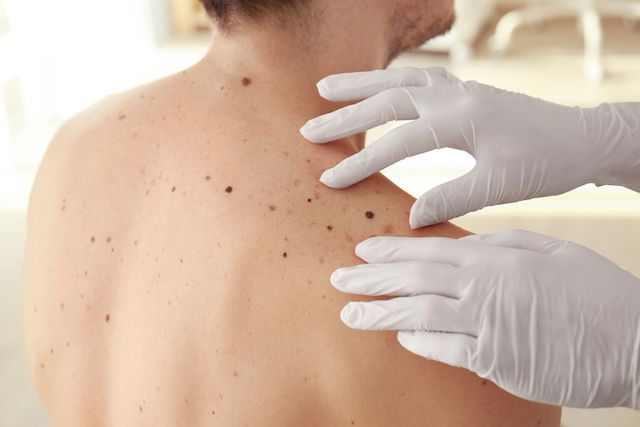As you head off for beaches or ski slopes this holiday season, keep this advice for protecting your skin in mind (along with some sunscreen). Skin cancer is among the most common forms of cancer worldwide, yet it is also one of the most treatable if detected early. Understanding the factors that influence treatment success can provide clarity and encourage early action. From detection methods to treatment options, here is what you need to know about skin cancer and its treatability.
Early Detection Makes a Significant Difference
The likelihood of successfully treating skin cancer increases substantially when it is caught early. Regular self-examinations and routine check-ups with a dermatologist are crucial. Spotting unusual moles, growths, or changes in the skin can be an early warning sign. For example, a mole that changes in size, shape, or color may indicate melanoma, the most aggressive type of skin cancer. Early-stage melanoma has a high survival rate, with studies showing over 99% of cases treated effectively if detected before it spreads.

Non-melanoma skin cancers, such as basal cell carcinoma and squamous cell carcinoma, are also highly treatable in their early stages. These types of skin cancer often appear as scaly patches, open sores, or shiny bumps. Dermatologists can diagnose these through visual examinations and biopsies, ensuring prompt treatment before complications arise.
Factors Influencing Treatability
Several factors determine how treatable skin cancer is. These include:
1. Cancer type: Melanoma is more aggressive but treatable if found early. Non-melanoma skin cancers are generally less aggressive and easier to manage.
2. Stage of diagnosis: The earlier the diagnosis, the higher the likelihood of effective treatment. Advanced-stage cancers may require more intensive therapies.
3. Location and size: Small lesions in accessible areas are easier to treat than large tumors in complex or sensitive locations.
4. Patient health: A person’s overall health and immune system can influence treatment outcomes.

These factors highlight the importance of regular screenings and paying attention to skin changes:
Treatment Options for Skin Cancer
Skin cancer treatment varies based on the type and stage of the condition. Common treatment methods include:
Surgical Removal
Surgery is the most common and effective way to treat skin cancer, particularly for localized tumors. Procedures like excisional surgery or Mohs surgery allow doctors to remove cancerous cells while preserving healthy tissue. For instance, Mohs surgery is highly effective for basal cell carcinoma and squamous cell carcinoma, especially in delicate areas like the face.
Radiation Therapy
Radiation therapy is often used for skin cancers that are difficult to treat surgically or for patients unable to undergo surgery. This method targets and destroys cancer cells while minimizing damage to surrounding tissues.
Topical Treatments
Early-stage non-melanoma skin cancers may respond to topical medications. Creams like imiquimod or 5-fluorouracil are applied directly to the affected area to destroy cancer cells.
Immunotherapy
For advanced cases, immunotherapy can help boost the immune system’s ability to fight cancer. This treatment plan is particularly effective for some melanoma cases.
Targeted Therapy
Targeted therapy uses drugs that specifically attack cancer cells while sparing healthy ones. This option is often used for advanced melanoma with specific genetic mutations, such as BRAF mutations.
These treatment options highlight the importance of a tailored approach to care, ensuring patients receive the most effective solutions for their specific condition.
Prevention Plays a Key Role
Reducing the risk of skin cancer is possible with consistent protective measures. Limiting exposure to harmful UV rays is one of the most effective strategies. Practical steps include using sunscreen with an SPF of 30 or higher, wearing hats and clothing that cover the skin, and seeking shade during peak sunlight hours. Avoiding the use of tanning beds and conducting regular skin checks for unusual changes are equally important.
Broad-spectrum sunscreen, which guards against both UVA and UVB rays, offers a reliable layer of defense. Reapplying sunscreen every two hours, particularly after swimming or sweating, helps maintain consistent protection and reduces long-term risks.
The Prognosis Is Promising with Early Action
While a cancer diagnosis can be overwhelming, skin cancer has one of the most favorable prognoses among cancers. Early diagnosis, combined with advancements in medical technology, ensures that most cases are treatable. By staying informed and taking preventive measures, individuals can significantly lower their risk and improve outcomes.
Regular dermatological check-ups, prompt treatment of suspicious lesions, and sun protection habits are vital steps for maintaining healthy skin and catching potential issues early.
Conclusion
Skin cancer is highly treatable, especially when detected in its early stages. With advancements in medical treatments and an emphasis on prevention, individuals have a strong chance of recovery. Regular skin examinations, sun protection, and timely medical consultations are essential for minimizing risks and ensuring a positive outcome. Staying informed and proactive about skin health can make all the difference in catching and treating this common condition effectively. Stay safe this season and well into the new year.

